EFI Evolution
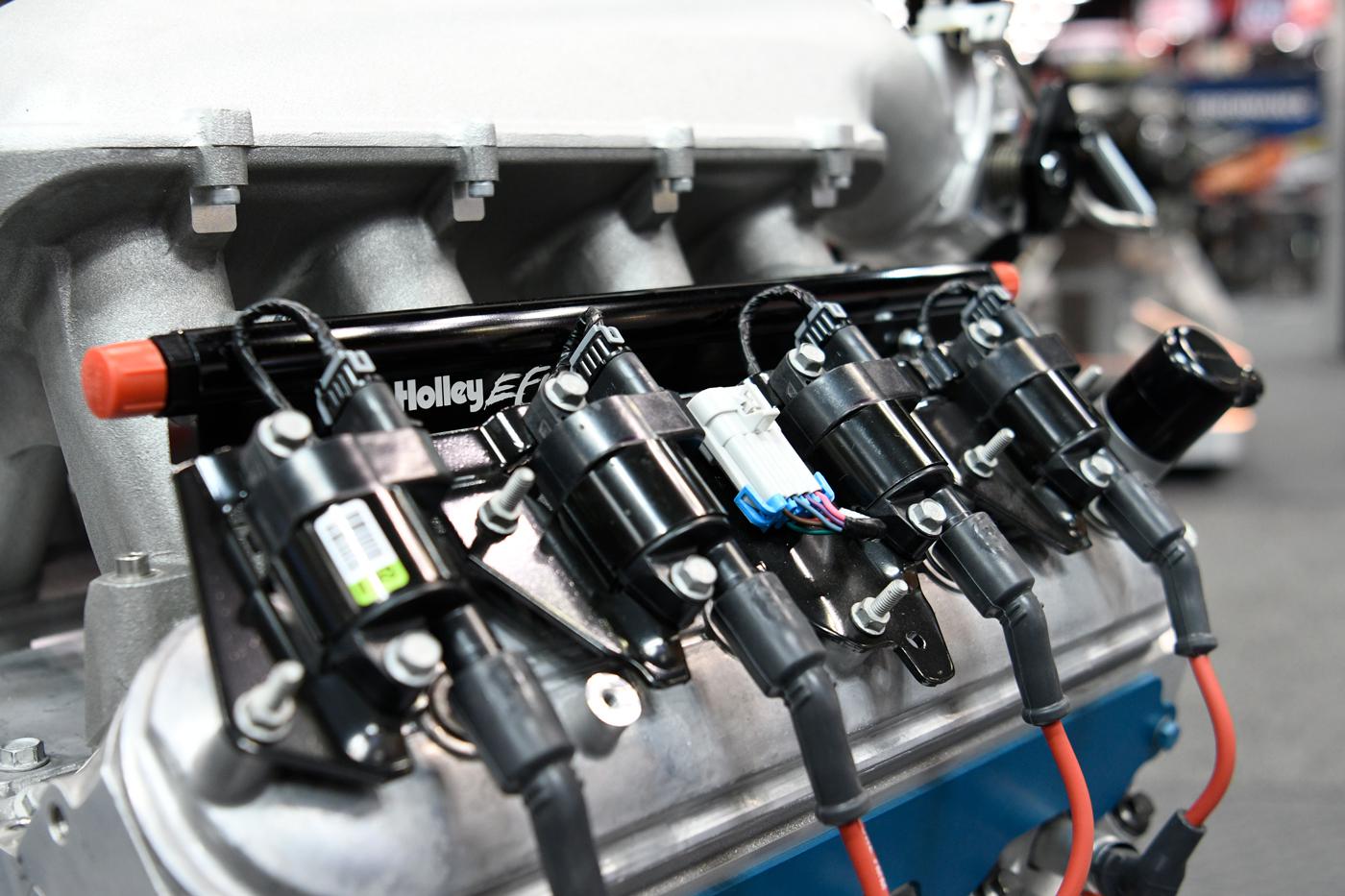
Electronic fuel injection is more popular than ever, and manufacturers are pouring valuable resources into developing new products with more versatility, greater power potential, and added convenience.
It was once thought of as the enemy—the end of racing, hot rodding, and the freedom to modify cars at will. Now, a few decades later, electronic fuel injection (EFI) is seen as one of the great liberators of the performance world, a technology that allows unprecedented reliability, precision, and consistency.
And from what we can tell, it’s really just getting started. The far-reaching products that EFI manufacturers are developing continue to push this technology to levels few racers could even imagine not that long ago.
To get a handle on these developments, we reached out to some of the leading suppliers in the EFI market. They gave us the lowdown on the trends, products, and expectations that will affect motorsports in the months and years to come.
The Push for Power
One of the biggest factors driving the EFI market is the proliferation of very high horsepower engines. As power output climbs, EFI manufacturers are forced to keep pace. The resulting EFI systems facilitate even greater power, resulting in a self-perpetuating cycle of escalating output.
“We’ve been seeing insane growth in horsepower numbers,” said Mike Wahl of FiTech Fuel Injection, Riverside, California. “Four-hundred horsepower isn’t a lot anymore, when cars are putting down 800 or 1,000 horsepower to the rear tires now. So we’re having to make our fuel injection systems grow to accommodate people—bigger injectors, more robust computers, and just more technology.”
Although big horsepower numbers are still very much within reach of carbureted engines, there are many things that can go wrong when an engine is boosted, tuned, and tweaked to its absolute limits. Many racers find that a traditional carb setup isn’t up to the demands of this unyielding environment.
“Horsepower numbers are getting so high that the precision that comes with fuel injection is becoming almost a necessity,” said Evan Perkins of Holley Performance Products, Bowling Green, Kentucky. “In the realm of 3,000-plus horsepower, running lean, even for a split second, or having any point in the powerband that’s not controlled is a major problem.”
But with outrageous power levels becoming the norm these days, injector manufacturers are encountering unique challenges that must be taken into consideration throughout the design process. Among these new challenges is the proliferation of specialized fuels.
“Normal race gas has definitely declined in popularity,” observed Tim Jilg of Fuel Injector Clinic, Hobe Sound, Florida. “Right now, it seems like E85 is king, as far as all-around race fuel. When people move past that it’s typically to methanol. So we look to materials that are compatible with harsher fuels like M5 or Q16. Anything with nitromethane or an oxygenation chemical in it can be a little rough on some of the current larger fuel injectors.”
Making the choice of materials for injectors even more difficult is the fact that materials with the best chemical resistance sometimes can impede essential functions of the injector. “The injector coil is basically an electromagnet,” explained Jilg. “It has to grab the valve and pull it up. But a lot of the materials that are resistant to chemicals in certain racing fuels don’t respond to magnetism as well as something that would have some more iron in it. To make the valves operate the way they do, they have a little bit more iron in their material, and because of that, they are susceptible to corrosion.”
According to Jilg, most EFI injectors are manufactured by Bosch regardless of who builds the rest of the system. But some EFI manufacturers are now starting to build their own injectors, as the demand for ever-higher flow rates dictates more specialized designs and materials.
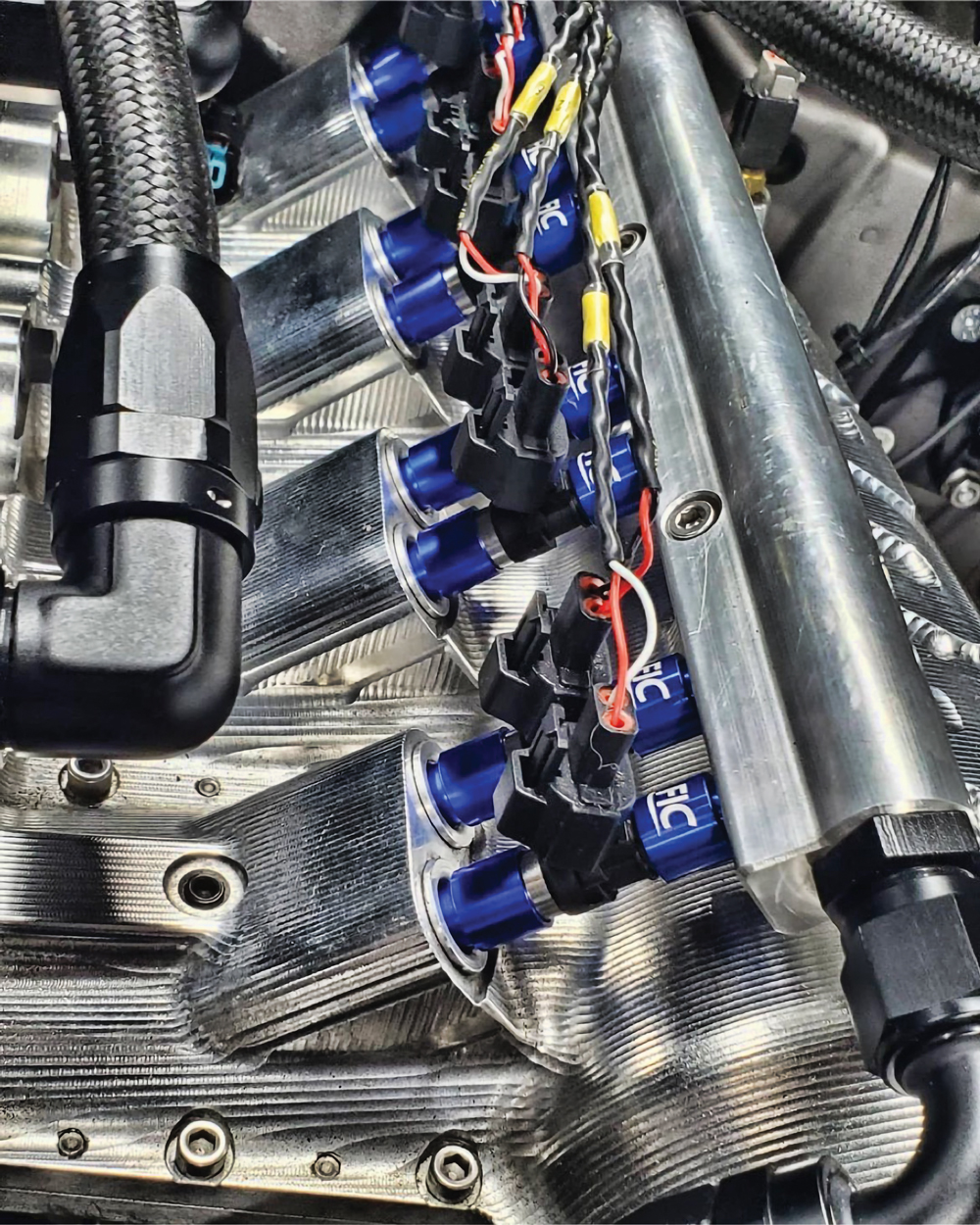
Along with the EFI system itself, the quest for greater power is pushing the limits of the rest of the fuel system. Adding to the challenge of moving more fuel on high-horsepower EFI applications, fuel system manufacturers often have less space to use within the tight confines of late-model cars.
“New engine technology has pushed fuel demands ever higher with increased power,” said Rob Scharfenberg of Fuelab, Collinsville, Illinois. “This has placed greater demand on finding higher flow rates and improved performance with smaller and smaller package sizes. We’ve responded by expanding our line for higher-flow-rate fuel pumps, and we are offering new configurations that allow higher-performing systems in tight spaces, like fuel modules in modern vehicles.”
Driving It Home
Now that the ability to coax thousands of horsepower from a relatively small displacement V8 is pretty routine, racers are looking to have that kind of power in cars that can readily be driven on the street. “People can make so much power so easily and reliably that everybody’s goals have gone up tremendously,” observed Jilg. “Nowadays it’s not uncommon for us to talk to customers who want to put a ProCharger on their car, make 1,000 horsepower, drive it every day, and then go to the track on the weekend and beat on it.”
For extreme dual-purpose cars, EFI systems are increasingly designed to support high-horsepower race applications while maintaining acceptable low-speed drivability for street use. “What we see a lot of these days is staged injection,” explained Jilg. “There will be two or three sets of injectors—smaller primaries for street manners, and then after a certain indicator, the ECU will activate the secondary set of injectors for wide-open throttle.”
Along with that, the increasing popularity of high-horsepower dual-purpose cars is also driving injector development, too. According to our sources, giant injectors that can flow massive amounts of fuel and still remain streetable are somewhat of a holy grail for EFI manufacturers.
“That big, 3,000cc injector that will idle nicely, that’s kind of like the golden egg right now,” noted Jilg. “We do not have anything to confirm 100% yet, but we are working on an injector like that. We have been developing it for well over a year now, and we have made a lot of progress. We are hoping to have an announcement about it maybe later this year.”
While high-horsepower drag cars make up a large portion of the dual-purpose cars being built, pro-touring-style builds continue to gain popularity. Essentially vintage cars with advanced, modern drivetrains and suspensions, these machines are being put into competition more often these days. Naturally, EFI manufacturers are responding with appropriate products.
“I’m really seeing an increase in autocross,” observed Wahl. “For those applications, we’re seeing more port injection versus throttle-body injection, and guys who are using power adders because they want a snappier response. We’re developing systems that can support that.”
New Users, Challenges
As EFI is increasingly seen as a mainstream, necessary product by many racers, our sources said that what constitutes the “typical” EFI user is gradually shifting. “We’re seeing a lot more people moving to EFI who were traditionally hardcore carburetor guys before,” noted Perkins. “I think that’s a little bit of a monkey-see-monkey-do phenomenon: This guy set a record, and he’s running fuel injection.”
To further entice the traditional carburetor crowd, FiTech will soon introduce its new Nemesis system. Built on a 4500-flange Dominator-style throttle body, the new system runs 12 injectors and can support up to 1,600 horsepower. “The guys with the high horsepower, they’re often on a very well-built carburetor that they’re constantly having to work on,” said Wahl. “Our 4500 system will be able to learn, pick up, and go. Our goal is to try to get rid of carburetors, period.”
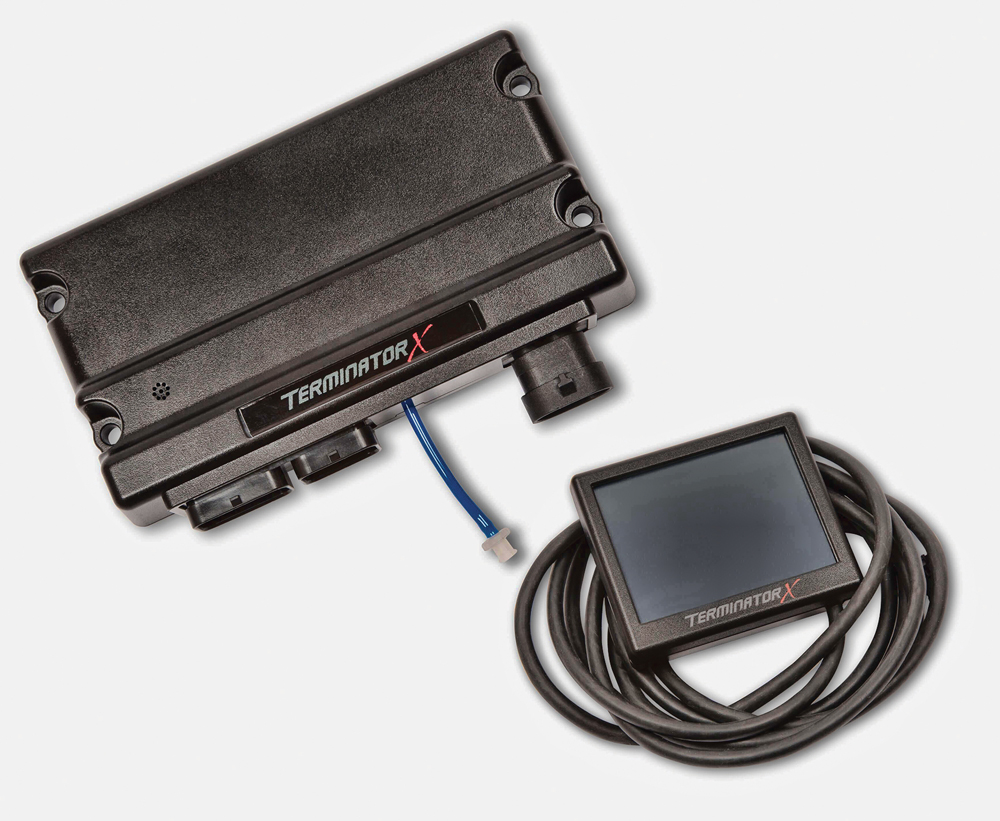
And as more racers migrate to EFI systems, the knowledge level of users has shifted somewhat too, according to our sources. While EFI on race cars was once largely the domain of specialized tuners and engine builders, it’s now being adopted by less technically inclined users. This continues to put demands on manufacturers who have to support these products.
“When you get fuel injection right, it’s awesome,” said Wahl. “But it exposes every problem on the motor that a carburetor would cover up. When we first developed our systems, one of our co-founders said, ‘Now we’re going to have to teach the whole world EFI.’ We constantly face that challenge.”
This shift in expertise level is also creating greater demand for systems that are easier to install and set up, so users can consistently get good results with minimum fuss. “Convenience has gotten more important,” noted Perkins of Holley. “Professional race car builders are not going to have a problem building custom wiring harnesses—that’s their bread and butter. But the average guy isn’t going to invest the time to become an automotive electrician and computer tuner to be able to build these sorts of things.”
For that reason, “our Terminator X systems for LS, LT, Coyote, and Gen III Hemi have been huge,” continued Perkins. “They’re plug-and-play solutions. Racers just order the Terminator X that matches the year, make, and model engine they have. So the idea of having to buy a universal computer, or build a wiring harness, or order a complex series of sensors and pigtails and plugs and then put it all together is out the window.”
Manufacturers are also taking note of other aspects that often prove difficult or time-consuming when converting a car to EFI, such as setting up the requisite dual-line return-style fuel system. “We’ve worked really hard to do year-make-model-specific fuel modules,” explained Perkins. “If somebody is doing an EFI swap, all they have to do is drop their tank, knock the sender out of it, and drop our unit in. It has a combo fuel pump and sender. Their stock tank goes back up into the car, and all of a sudden it’s an EFI-capable fuel system.”
A number of manufacturers also offer kits that speed the installation of more efficient brushless fuel pumps. “Our latest offering is the 496xx Series in-tank brushless fuel pumps,” said Scharfenberg of Fuelab. “Like other standard in-tank pumps, these new fuel pumps fit into modern fuel tank modules. We have kits that include everything needed to install the system, including the controller, sealed bulkhead for passing wiring into the fuel tank, and supplied terminal sets.”
New Engines, Old Engines
Ultimately, the market for EFI systems is largely driven by engine platforms. The 460-pound gorilla of the V8 racing world is still the LS motor, which can be found in everything from Camaros to Caterhams.
That said, some EFI manufacturers we spoke to are starting to notice a shift away from the LS to the newer LT design, due largely to increasing prices being charged for the steadily dwindling supply of used LS engines. To facilitate moving to the LT, FiTech is introducing new EFI systems to make it a more viable engine platform for racers.
“The LT motor is going to be the next booming motor as far as a Chevy platform for our systems,” said Wahl. “The LT motors are designed to be direct injection, but we’ve developed a kit to convert them to a port-injection system. It’s going to be out in 2022, by mid-year.”
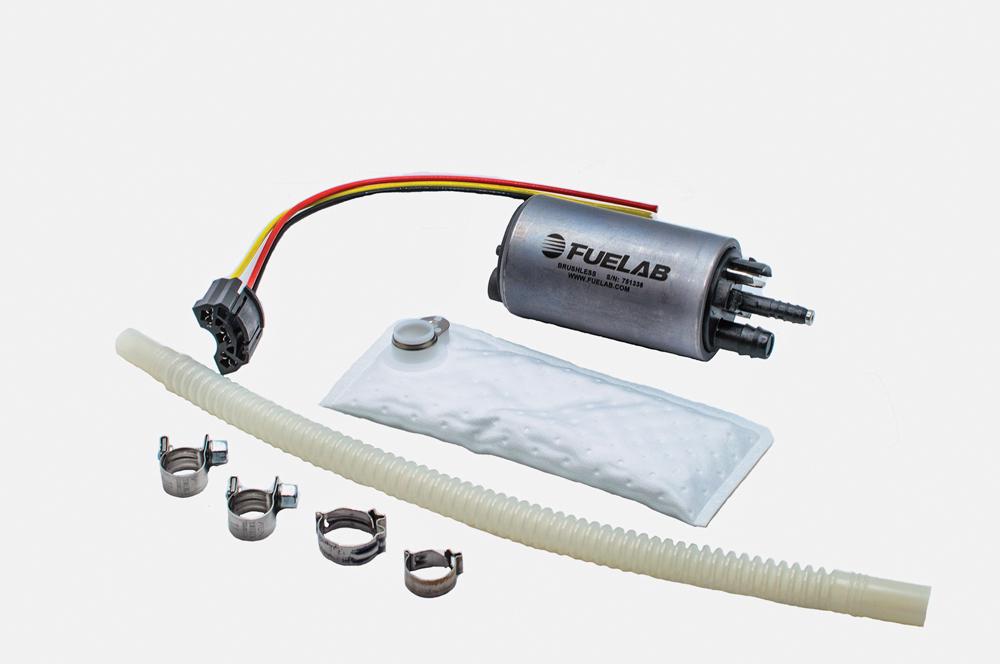
Regardless of which engine platform is being used, late-model engines are a huge portion of the EFI market. Accordingly, Kinsler Fuel Injection in Troy, Michigan, has developed its own drive-by-wire throttle actuator for use on a wide range of the company’s throttle bodies, including units designed for Honda, Toyota, Porsche, and the gamut of American V8s.
When used with a compatible ECU, Kinsler’s actuator can facilitate such features as traction control, launch control, shift rev-matching, rev limiter, and pit-lane speed limit. Somewhat recently, Kinsler also introduced billet 4150- and 4500-flange throttle bodies with available drive-by-wire, which is a purpose-built unit for the racing industry.
But while much of the EFI market has always been rooted in late-model performance cars, our sources also report rising interest in certain classic V8s. “There definitely is a little bit of a resurgence of big block Chevy stuff,” said Perkins. “I see why it’s more popular than it was maybe five or six years ago. The LS architecture is somewhat limited in how big you can build it. Even with modern machining and manufacturing, you’re never going to build a 700-cubic-inch LS engine.”
“I see guys wanting big block Chevys back again,” added Wahl. “So we developed a big block Ultra Ram system, and we give them a sheetmetal intake for a big block Chevy. That gives them that LS throttle body, so big block Chevy guys can get some of the luxuries of an LS motor.”
Wahl also noted that FiTech is looking to expand beyond its largely GM-focused product line to offer EFI products for Ford Coyote and Gen III Hemi. Although no specific products or plans were mentioned for these engine platforms, the company appears ready to begin developing systems for them.
Good Times, Bad Times
The EFI manufacturers we spoke to all reported that demand is extremely strong right now. Several companies stated that they set all-time sales records in 2021. And the current level of development underscores the strength of the EFI market overall. Further evidence of the segment’s health is the influx of companies looking to get into the market.
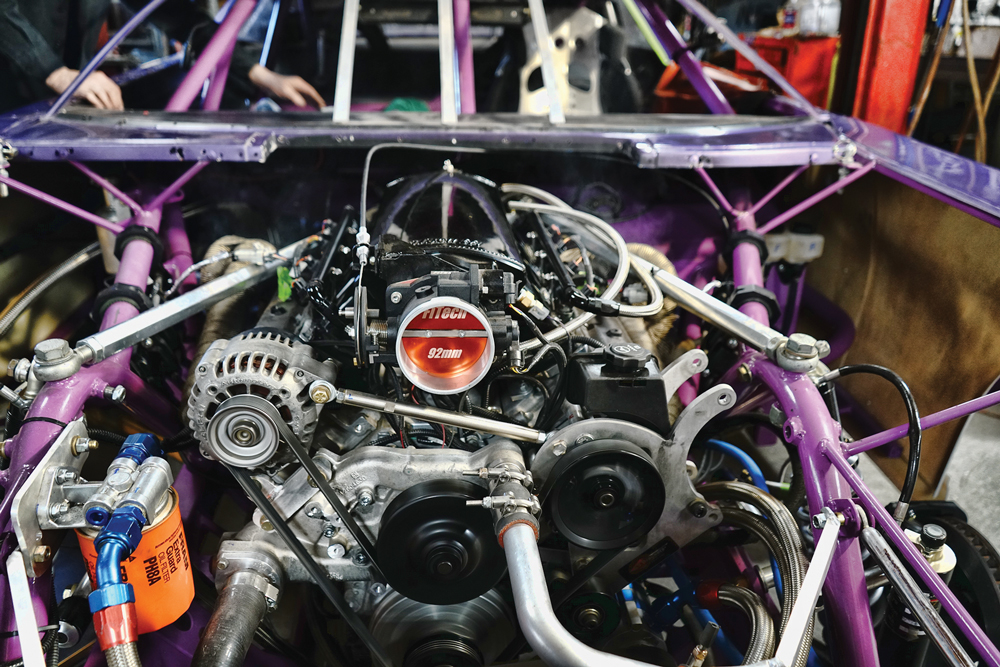
“More and more people are starting to come to us to build EFI throttle bodies for them,” said Joe Hilerio of BLP Racing Products, Orlando, Florida. “At the same time, we’re working on a retail version of our own throttle body. It will probably be out by summer this year. What I’d like to do is to team up with someone on the electronics side and make a kit for it.”
But while the EFI market thrives, many manufacturers are struggling with the same supply-chain bottlenecks that plague the rest of the performance aftermarket as this is being written. These issues, however, aren’t affecting all EFI component manufacturers equally. “We’ve been very fortunate that the raw materials for fuel injectors weren’t hit hard,” explained Jilg. “We’ve been able to weather this fine.”
Other EFI suppliers haven’t been so fortunate. “I’ve had to really load up on raw materials,” said Hilerio. “We have to tie up a lot of cash flow just to have enough material in here. I just received some quotes, and they’re 25–26 weeks for delivery. And they may call on the 26th week and say it’s going to be another six to eight weeks.”
Along with issues sourcing materials, many companies throughout the performance aftermarket have been struggling to hire enough employees to keep up with increased product demand. Nonetheless, the EFI manufacturers we spoke to for the most part have been able to continue developing and improving their existing products, even while introducing new ones.
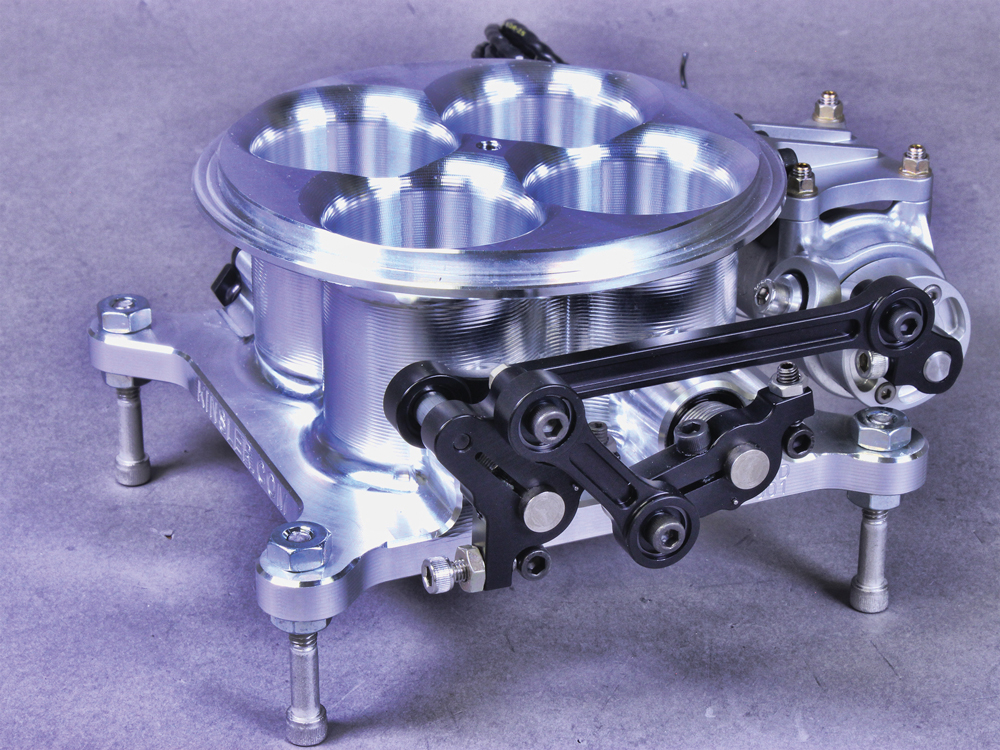
“We just revamped our whole product line,” observed Wahl of FiTech. “We introduced a new ECU design last year for our throttle bodies. We took the relays off the throttle body itself and made them into a fuse box. It makes our product more robust so it will last longer. That’s carrying into our new line of products.”
“We’re always developing new firmware,” said Perkins of Holley. “We’re on version six for the Dominator. Last year we added some advanced traction control; we added torque converter lockup control, as well as a whole bunch of other stuff for dedicated racers.
“So even though we’ve already sold customers their computers,” Perkins continued, “we’re still working on the back end, talking to our motorsports team, redeveloping the software, trying to make it better and more expansive. And we will never stop doing that.”
SOURCES
BLP Racing Products
blp.com
FiTech Fuel Injection
fitechefi.com
Fuel Injector Clinic
fuelinjectorclinic.com
Fuelab
fuelab.com
Holley Performance Products
holley.com
Kinsler Fuel Injection
kinsler.com
 MEMBERSHIP LOGIN
MEMBERSHIP LOGIN JOIN PRI
JOIN PRI


